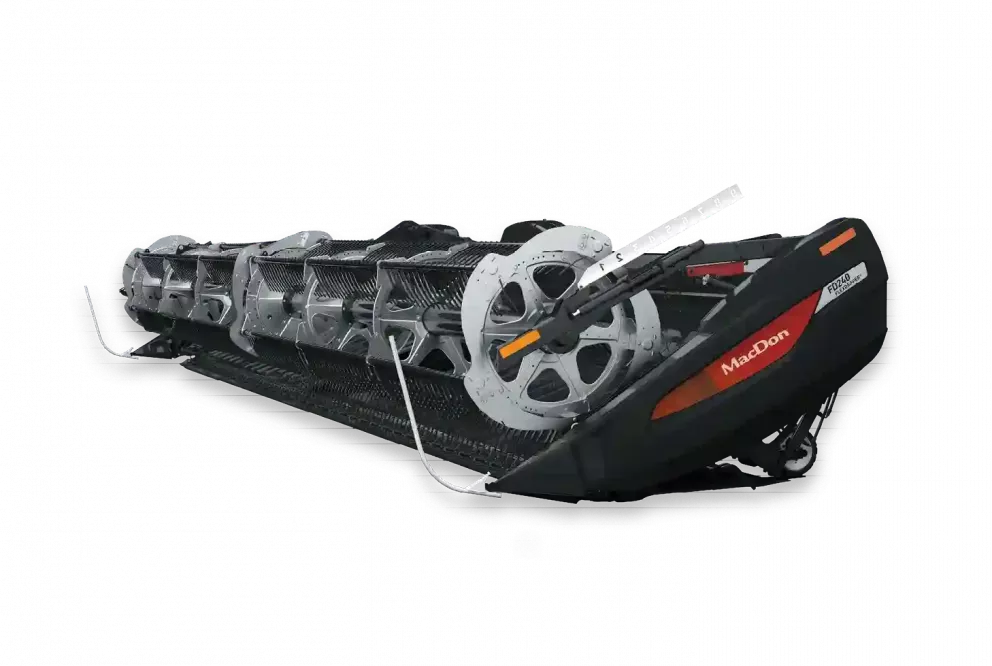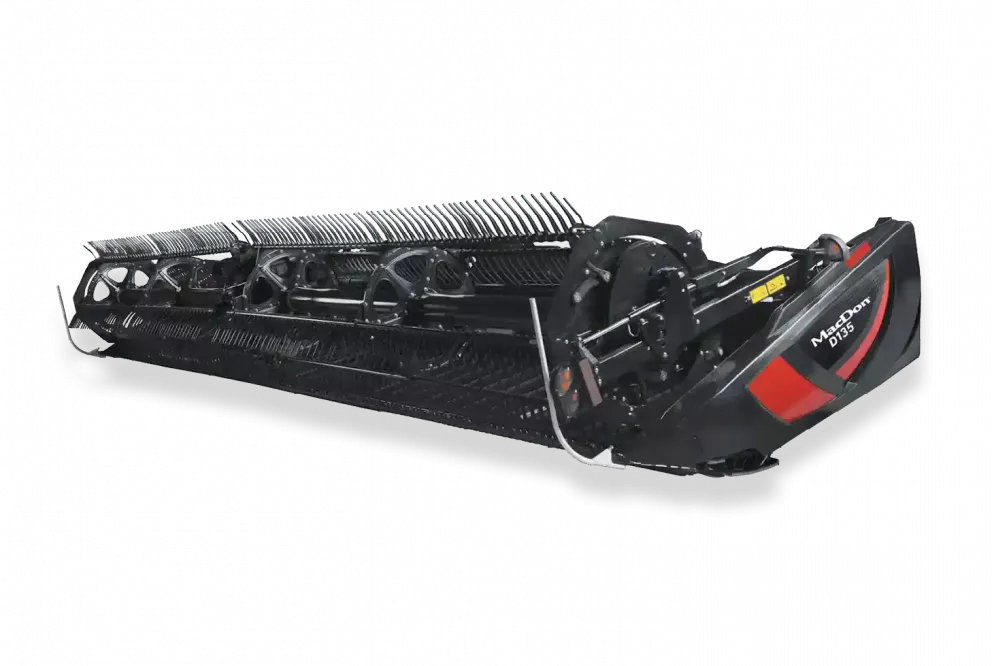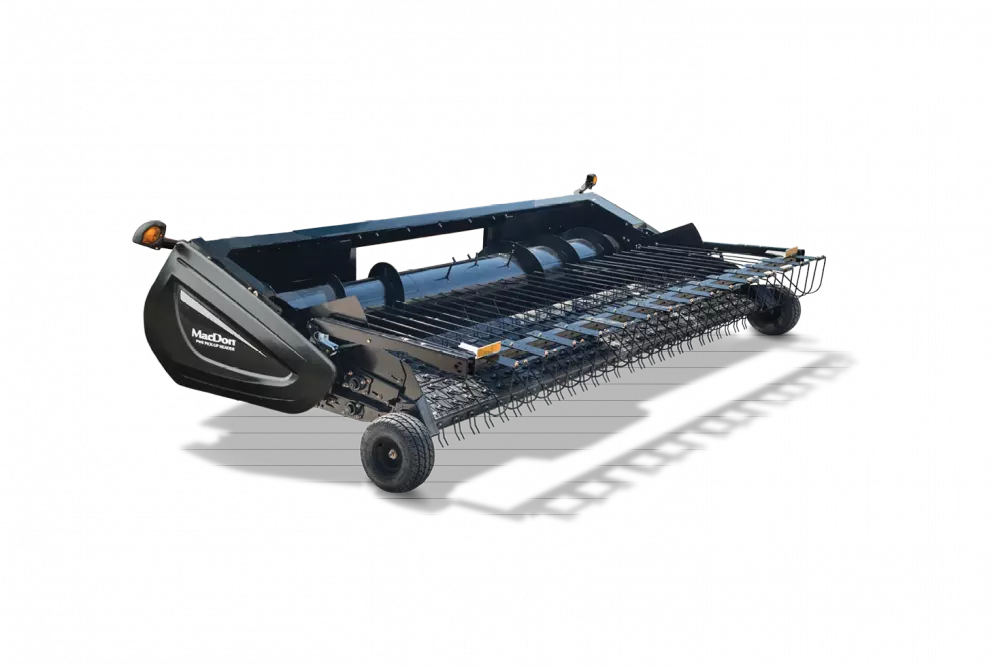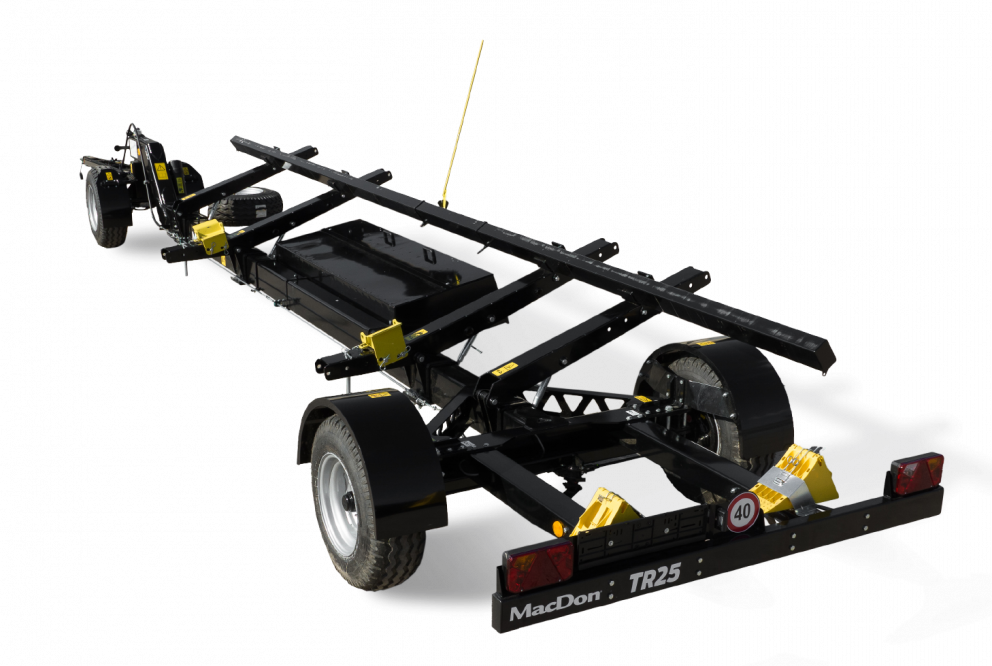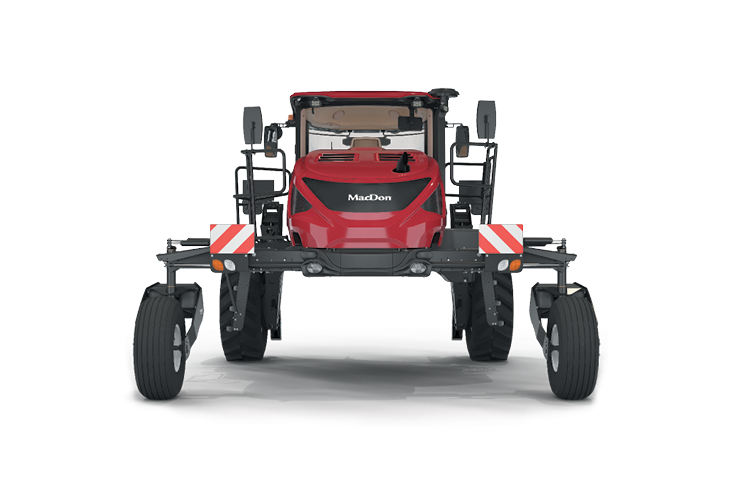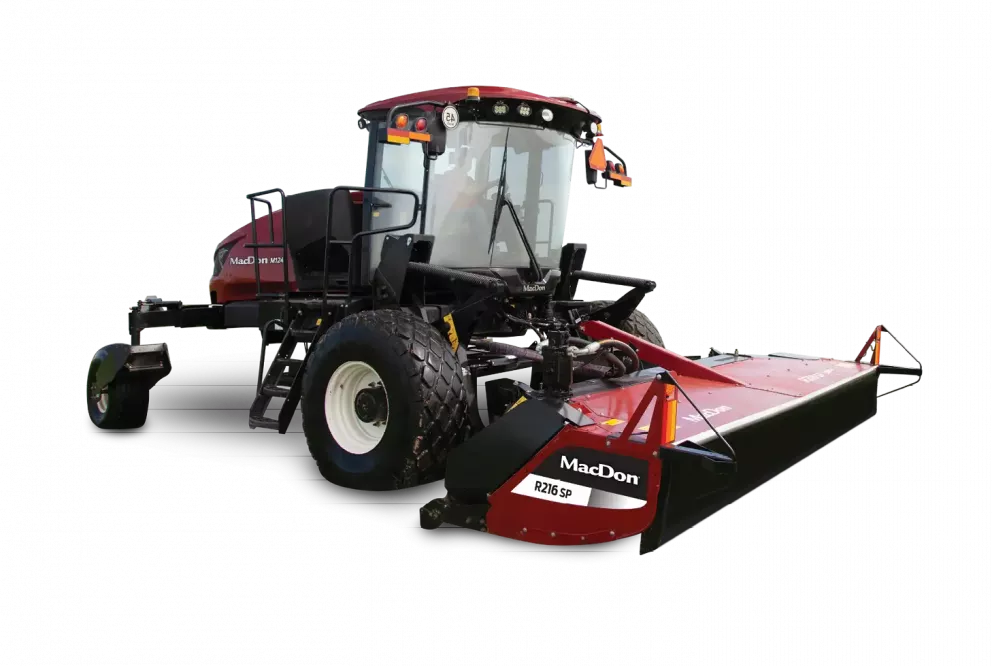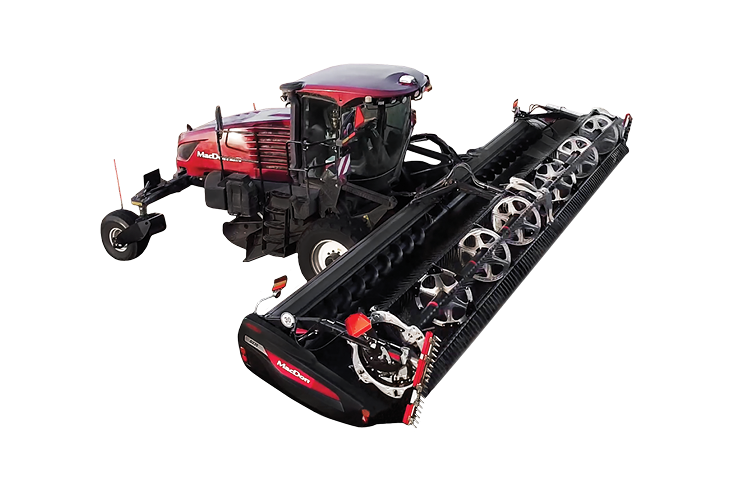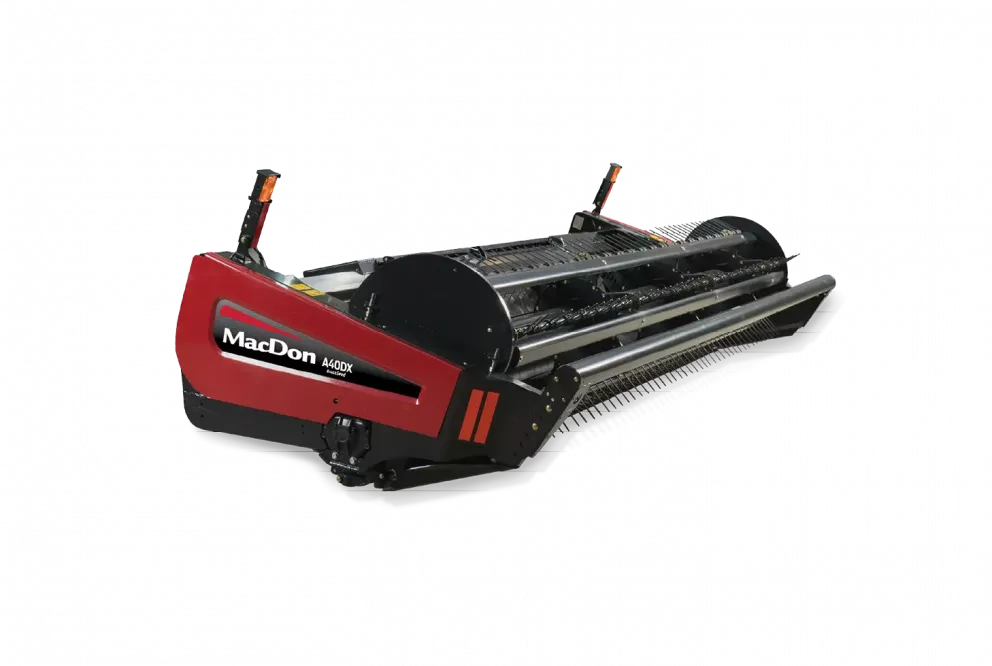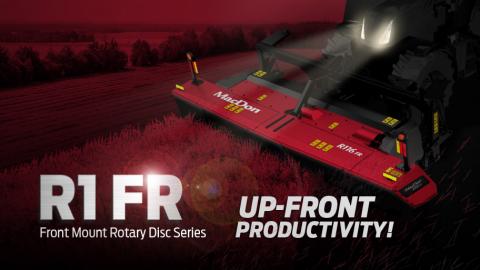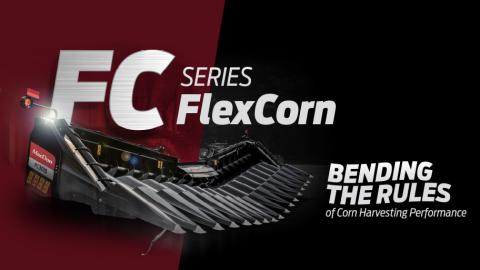Big Cheese
With almost 10,000 cows in their herd, the Dugan family operates one of arizona’s largest dairies.
WE’VE BEEN VERY PLEASED WITH THE DURABILITY OF THE MACHINES – WE JUST HAVEN’T HAD PROBLEMS.
In a region of large dairy farms, T&K Red River Dairy is one of Arizona’s largest. With a herd size of 9,600 cows, the dairy weighs in at over five times the state average of 1,700 and over 65 times the national average of 142 (Source: USDA – Overview of the United States Dairy Industry, 2010). The numbers become even more impressive when you consider that every one of those 9,600 cows are milked three times a day, yielding up to 150 lb. (68.0 kg) of milk every 24 hours, or well over 1,000,000 lb. (453,592.4 kg) every day for the entire herd. Not only does that represent a lot of cheese, it also represents a lot of feed – roughly 110 lb. (49.9 kg) of feed per cow per day in fact.
“We feed our cows a mixture of alfalfa, green chop, corn silage, haylage, cotton seed, rolled corn and rolled barley,” said Tom Dugan Jr., the oldest of three brothers who manage the dairy located near Stanfield, Arizona.
“Volatile commodity prices remains the biggest challenge we face day-to-day. We have no idea where they are going to go; will they go up or will they go down? With a dairy our size if you stick your neck out just a little bit you can get stung. That’s why growing it ourselves is so important, it allows us to control a lot of our own destiny.”
Dugan says that they produce most of their alfalfa, haylage and green chop themselves, and buy the rest of their feed requirements. In total they maintain between 9,000 and 10,000 acres (3642.2 and 4046.9 hectares) under cultivation year round, and will do nine to twelve cuttings a year. “To be honest I’m not exactly sure how many acres we have – we just don’t count. An extra 40 acres (16.2 hectares) doesn’t really matter.”
To do all of that cutting the Dugans employ a fleet of MacDon M155 windrowers (they just recently traded in their M150s) mounted with a mixture of six A30D Augers and three D60 Drapers. Dugan says that they have been relying on MacDon windrowers since the early ’90s and, as such, have witnessed the many advances made to the equipment over the years including the most dramatic of all, the recent introduction of the M Series windrower line.
In fact, the Dugans were among the first to see the new machines as their farm received some of the first units when they were released back in 2006.
“We age our machines quickly down here. We average about 1,800 hours a year with our machines and have to deal with lots of sand and grit due to our desert conditions. As a result the amount of wear that we have on our machines is much higher than you would see in other places in the country.”
“When we first started using these M Series windrowers we were pretty skeptical. The previous 9300 Series had been almost completely mechanical, which had always been one of MacDon’s big selling points because it made their machines so durable and trouble free in the field. In contrast the M Series machines were a lot of electronics and hydraulics and I must admit that scared us a bit.”
That fear is understandable when you are cutting 52 weeks a year to keep the supply of feed to your cows uninterrupted; to quote Ed Harris in Apollo 13, “failure is not an option.” But the Dugans needn’t have been concerned as the durability of the new M Series has proven to be consistent with the Dugan’s experience with previous generations of MacDon windrowers.
“We’ve been very pleased with the durability of the machines – we just haven’t had problems. This year when we went to trade in for the new M155s, two of my M150 machines had 7,000 hours and the rest around 4,000. To tell you the truth we couldn’t tell those 7,000 hour machines from those with 4,000 hours, they had held up that well.”
Dugan also reports that his operators, who spend so many hours in the machines day after day, really appreciate the quiet and comfort of their M Series windrowers, as well as the enhanced road speed afforded by MacDon’s Dual Direction® technology.
“We really like the Dual Direction® feature which gives us the ability to turn the tractor around and go down the highway at 23 MPH (37 km/h); that’s a huge advantage for us.”
Another feature of M Series windrowers important to the Dugans is the ability to lay a double windrow with their draper and auger headers. On D Series Drapers you can lay up to 70' (21.3 m) of unconditioned crop into a single windrow by shifting the decks from center to end delivery. Conditioned crop can also be laid in a double windrow on both D Series Drapers and A Series Augers with the addition of MacDon’s optional Double Windrow Attachment.
“Being able to lay a double windrow represents big savings for our operation as it eliminates the need to rake. Not having to rake removes the costs of a tractor, an operator and an extra piece of machinery, plus reduces our fuel consumption. You do the math, that represents big savings for anyone.”
When asked what has kept him loyal to MacDon these many years, Dugan was quick to identify two primary reasons.
“A great dealer and a great product, that is what has kept us with MacDon so long.”
The dealer he refers to is Sharp’s Welding & Mechanical Works Inc. which has been superb in supporting and servicing the equipment they have sold the Dugan family over the years.
“Relationship is a very important part of my buying decision and Sharp’s stands behind the products they sell. So does MacDon – you can go to the bank on that.” Dugan says that confidence in MacDon as a company was important when first deciding to go with the M Series.
“My dad raised some concerns, but I said ‘Dad, they always make it right so what are you worried about?’ He said, ‘you have a point there, so let’s make it happen.’”
According to Dugan, that ‘make it right attitude’ is one of the things that helps set MacDon apart as a company.
“I always say that kind of attitude starts at the top down. MacDon seems to be a wonderful place to work. You see it in the employees; I haven’t met one yet that wasn’t happy.”
“And you know, that attitude is important because MacDon as a company is at a disadvantage as you really have to go out of your way to buy MacDon. If their products were just equal to the competition why would farmers go to the trouble of switching brands or dealers just to use something different on their farms? MacDon’s product has to be far superior to the competition if they are to succeed.”
